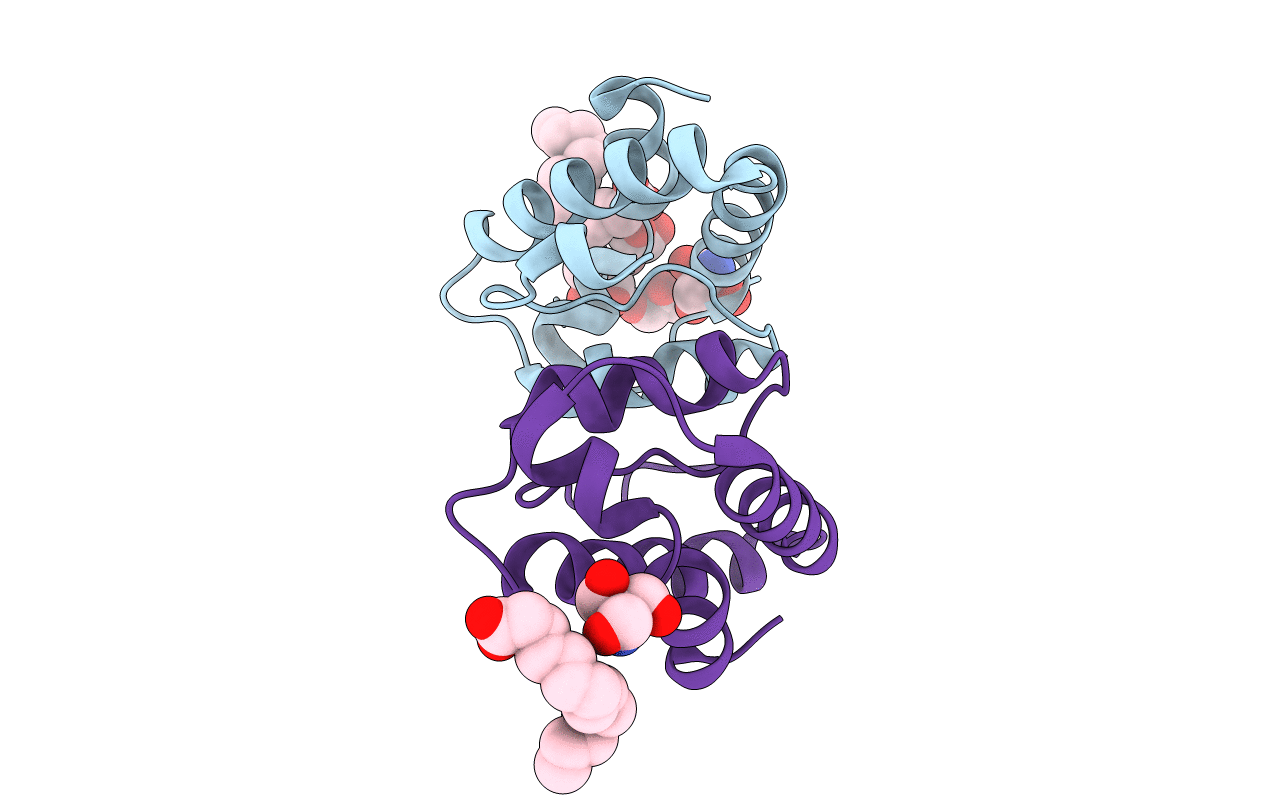
Deposition Date
2018-12-05
Release Date
2019-12-11
Last Version Date
2024-10-23
Entry Detail
PDB ID:
6IWN
Keywords:
Title:
Structural insight into probable lipid transfer mechanism of non-specific lipid transfer protein via intermediate structures in Solanum melongena
Biological Source:
Source Organism:
Solanum melongena (Taxon ID: 4111)
Method Details:
Experimental Method:
Resolution:
2.41 Å
R-Value Free:
0.25
R-Value Work:
0.22
R-Value Observed:
0.22
Space Group:
P 61


